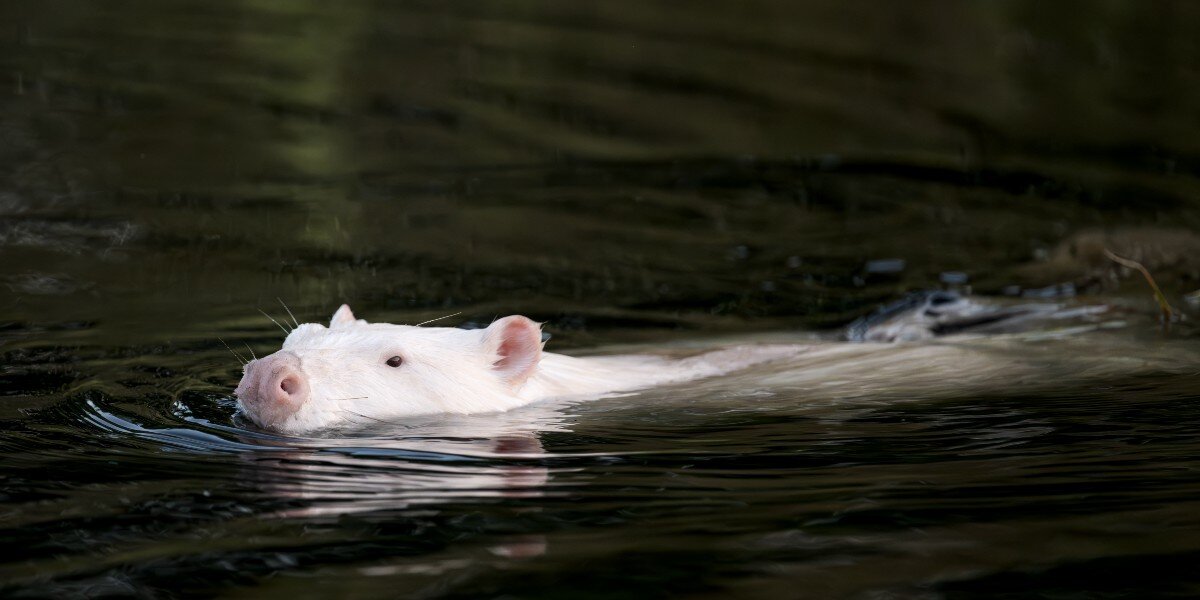For over two decades, scientists have puzzled over bright, glowing patches of water in the Southern Ocean visible in satellite imagery. These unusual light reflections, concentrated in remote and icy waters near Antarctica, defied explanation — until now. According to research published in Global Biogeochemical Cycles, a combination of silica-rich diatoms and calcium carbonate–bearing coccolithophores are responsible for the dazzling optical effect. The findings shed new light on polar ecosystems and the way carbon is stored and cycled in one of the planet’s most critical carbon sinks.
From Satellite Glows to Scientific Breakthroughs
The puzzle began in the early 2000s when oceanographer Barney Balch and colleagues noticed certain swaths of water surrounding Antarctica appeared far brighter than other ocean regions in NASA’s satellite images. The so-called Great Calcite Belt, dominated by coccolithophores with reflective calcium carbonate shells, explained part of the glow. Yet, farther south, another highly reflective zone emerged — too cold, scientists believed, for coccolithophores to survive. This anomaly persisted in satellite archives for years, hidden behind seasonal sea ice and persistent cloud cover.
To break through this observational barrier, Balch’s team undertook a challenging voyage aboard the R/V Roger Revelle, venturing deep into the Southern Ocean at 60° latitude. Their mission: measure not only the color and reflectivity of the water but also its mineral composition and biological communities across multiple depths.In the Global Biogeochemical Cycles study, Balch explained, “Satellites only see the top several meters of the ocean, but we were able to drill down with multiple measurements at multiple depths. We’ve never had such a complete suite of integrated measurements through the water column in this part of the ocean.”
Microscopic Architects of Polar Light
What the researchers found was both expected and surprising. In the calcite belt, coccolithophores reigned supreme, but in the frigid, silica-rich waters south of the Polar Front, vast blooms of diatoms dominated. These unicellular algae build intricate silica shells called frustules that scatter light back into space, creating a similar optical effect to coccolithophore shells — though it takes a much denser concentration of frustules to produce the same brightness in satellite data.
These high-density diatom populations act as floating mirrors in the Southern Ocean. The team also discovered small but significant numbers of coccolithophores here, suggesting they can endure much colder conditions than previously thought. As Balch noted, the eddies they were observing serve as “seed populations” — circulating a trickle of coccolithophores into the Great Calcite Belt, influencing the seasonal and spatial patterns of plankton distribution.


Image credit: Bigelow Laboratory for Ocean Sciences.
Carbon Cycling and Climate Connections
The discovery goes beyond solving an optical mystery. Both coccolithophores and diatoms play pivotal roles in the biological carbon pump, transporting carbon from the surface to the deep ocean through the sinking of mineralized particles. This process helps regulate atmospheric carbon dioxide over long timescales, making the Southern Ocean one of the Earth’s largest carbon sinks.
In the newly studied region, researchers measured particulate inorganic carbon and silica alongside calcification and photosynthesis rates, revealing an intricate interplay between mineral composition and light reflection. Diatoms, rich in silica, dominate carbon sequestration pathways differently from coccolithophores, which lock carbon into calcium carbonate. The co-existence of both in the southernmost waters hints at a more complex and resilient polar ecosystem than climate models have accounted for.
Redefining Satellite Oceanography
The team’s work underscores the need for improved satellite algorithms to distinguish between different plankton types. While satellites capture invaluable surface data, the optical similarity between silica and calcite reflectivity complicates biological interpretation. The researchers propose integrating multi-sensor satellite observations with targeted field campaigns to refine predictions of plankton composition and carbon flux.
The practical implications are significant. Understanding the distribution and seasonal shifts of these microscopic light-reflectors can improve climate models, fisheries management, and predictions of how the Southern Ocean will respond to warming, acidification, and changing circulation patterns in the decades to come.
A New Lens on an Old Mystery
After decades of speculation, the answer to the Antarctic glow lies in the combined brilliance of diatom frustules and coccolithophore shells — tiny, mineralized architectures invisible to the naked eye yet detectable from orbit. As Balch remarked, “We’re expanding our view of where coccolithophores live and finally beginning to understand the patterns we see in satellite images of this part of the ocean we rarely get to go to. There’s nothing like measuring something multiple ways to tell a more complete story.”
This breakthrough not only resolves a long-standing mystery but also opens new avenues for studying the interplay between ocean biology, optics, and climate regulation in one of Earth’s most remote and influential marine ecosystems.
Source link


